Let’s cast our votes for horror films on the National Film Registry
Every year when the slate of new movies going into the National Film Registry is announced, the list creates a buzz among film buffs.
Not only does the name National Film Registry sound
important, it is important.
Established by Congress with the National Preservation Act of 1988 to “showcase the range and diversity of American film heritage to increase awareness for its preservation,” the Registry works to make sure that a selected title has been or will be preserved for future generations.
Talk of preservation doesn’t matter for a sleek, new film like Jurassic World: Dominion, but it does matter to The Lost World: Jurassic Park, now starting to show its age at 25. It means much more to its distant film relative The Lost World, the 1960 adaptation of Sir Arthur Conan Doyle’s novel of the same name about adventurers and dinosaurs. And its vitally important for the 1925 Willis O’Brien silent film The Lost World as it approaches its centennial.
The value of preserving that 1925 film as well as Steven Spielberg’s 1993 Jurassic Park is evident in the fact that both are on the National Film Registry for their roles in bringing things to life that we once could only imagine thanks to the groundbreaking techniques created for each movie.
Each year, the National Film Registry selects 25 films for this designation that has been given to 825 titles as of Dec. 14, 2021. Note that it does not need to be a full film to be chosen. The earliest title is a film fragment called Newark Athlete from 1891; the newest is the 2010 documentary Freedom Riders.
The first year of induction was 1989 and included such important and diverse films as Modern Times, Casablanca, Citizen Kane and Star Wars. Those titles provide a clear indication of the qualities that embody the selections each year.
So what does this have to do with Monsters & Matinees
and classic horror films?
Well guess who can play a role in the movies chosen for the Registry? Yes, horror fans, we can.
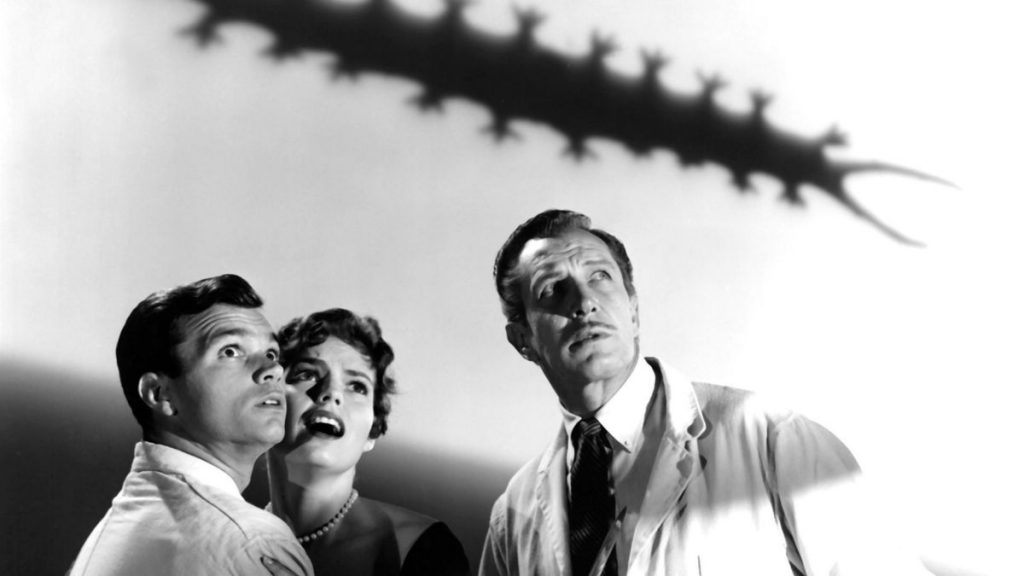
No need to be an industry insider or member of an “Academy” like those who vote for the Oscars to voice your opinion. While the final decision is made by the Librarian of Congress (such a great job title) who reviews nominated titles and confers with the members of the National Film Preservation Board (NFPB) and Library film curators, “Public nominations play a key role when the Librarian and Film Board are considering their final selection,” according to the Library of Congress FAQ’s.
Since this column is dedicated to classic horror, it’s a
good place to spread the word that we can bring attention to horror films
worthy of being added to the National Film Registry.
When I learned this news, the first thing I did was check to see what horror films were on the Registry. The titles are not broken down by genre, so my search was subjective based on my definition of horror (as it would be for you).

I found 36 horror films on the Registry including a 1928 avant-garde silent version of The Fall of the House of Usher, the Universal great Frankenstein and the important modern horror classics, Jaws, Alien and Silence of the Lambs. I suspect some of you will disagree with the fact that I’ve also included Abbott and Costello Meet Frankenstein and Young Frankenstein. Yes they are comedies, but both films add to the rich legacy of the Universal Monsters (albeit with laughter). I did not count some great sci-fi movies because sci-fi and horror are not necessarily interchangeable. So while Forbidden Planet is on the Registry, I don’t count it among the horror films.
Though 36 films seems like a good showing for our favorite genre, we can do better. We have time – the deadline is Aug. 15, 2022 – to nominate more deserving horror titles to earn this honor.
To help, below are three sections: requirements/how to submit titles, a few of the films I will nominate, and horror films on the Registry.
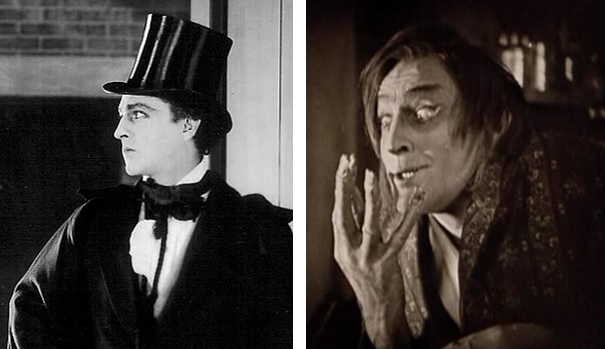
Requirements/submitting titles
- To be eligible, a film must be at least 10 years old and be “culturally, historically, or aesthetically significant.” Historically the Registry has only included films produced or co-produced “by an American film company or individual, typically for theatrical release or recognized as a film through film festivals or film awards.” (That, horror fans, is why Hammer films can’t be considered.)
- The deadline is Aug. 15, 2022.
To help us out, the Library of Congress website lists all the films on the Registry and hundreds of movies that are not which was especially helpful for me in creating my list of nominations.
Your first thought when perusing the films not on the Registry may be, as it was for me, the fact that so many of your favorites are not listed. I had to remind myself that the Registry isn’t about our favorite films, or even the best ones, but about movies that are bigger than themselves. Let’s use Jurassic Park as an example. Nearly 30 years after its initial release, it continues to spawn film offspring while also creating more technology to make us feel like we are seeing real dinosaurs. Now that’s a legacy.
And that’s part of the reason why Beast from 20,000
Fathoms is tops on my list.
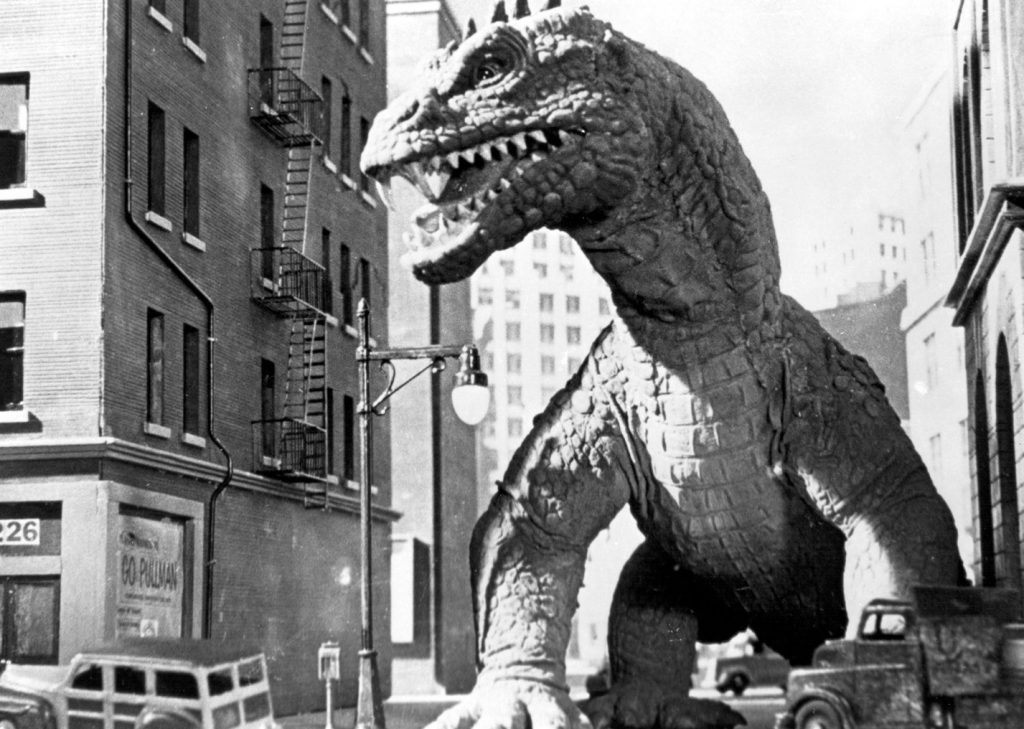
My nominations (so far)
Beast from 20,000 Fathoms. Beyond being a fun giant creature movie, Beast laid the groundwork for similar creature features that defined the 1950s like Them! and inspired movies for decades including Godzilla. Plus, it was the first solo feature from special effects maestro Ray Harryhausen. Without Beast, I shudder to think what films might not have been made including my beloved Tarantula. Speaking of Them! and Tarantula, both big bug movies would be good choices, too.
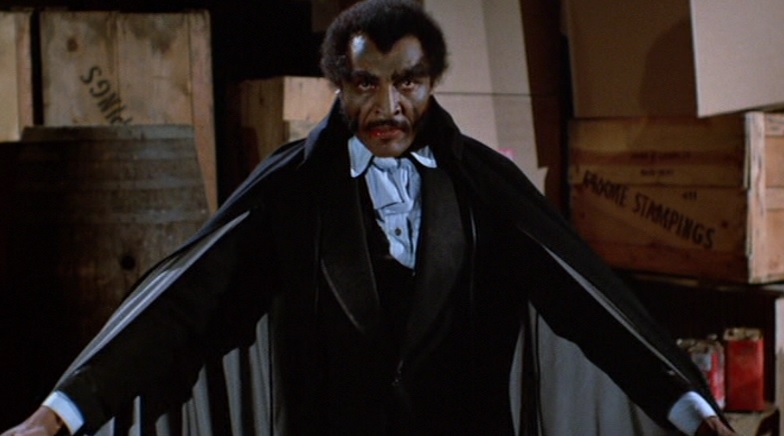
Blacula (1972). Though it received mixed reviews on its opening, Blacula is groundbreaking in that it featured the first Black vampire on film, started a horror genre for Black characters and may still be the only vampire movie with a funk score. It also included the important issue of slavery with the lead character, an African prince played by William Marshall, sought the help of Count Dracula in suppressing the slave trade. Instead, the Count did what he does and turned the prince into one of the undead. Marshall returned in the sequel Scream Blacula Scream (1973), also notable for starring Pam Grier.
Dr. Jekyll and Mr. Hyde (1921). John Barrymore has three films on the Registry but this is not one of them. Instead, the “Great Profile” is represented in Grand Hotel (1932), Twentieth Century (1934) and Midnight (1939) – three deserving films that are all comedies. Barrymore’s dual performances as the title characters in this silent movie are stunning. His initial moments transforming into Hyde are done without any special makeup or film effects. Instead, it’s all him. Watching today, I still can’t grasp how he was able to dramatically draw his facial features so tightly together that they contort into a mask. It remains spectacular more than 100 years later.
The Fly (1958). Even people who admit to not seeing the original version of this tragic horror film have been known to mimic the movie’s iconic cry of “Help me.” For those who have seen the film, those two words uttered more than 70 years ago can still raise a chill on our arms. Made in CinemaScope, with color by Deluxe and a great cast including Vincent Price and Herbert Marshall, The Fly is heads and shoulders above most of the 1950s horror films.
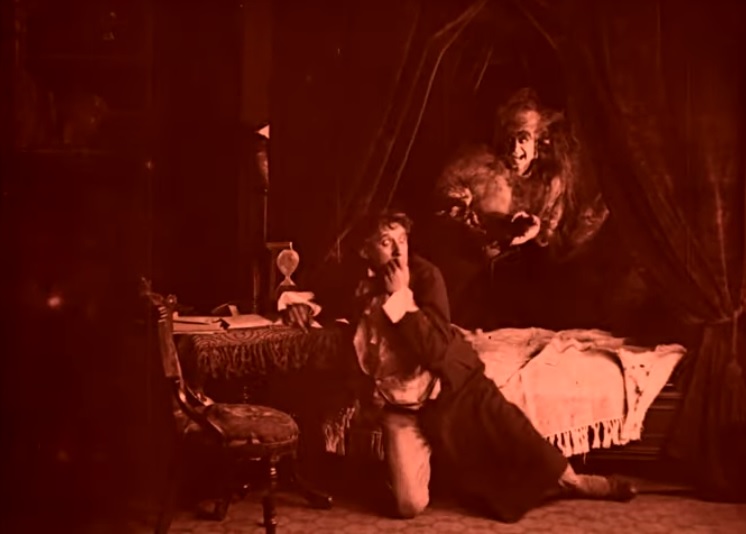
Frankenstein (1910). Edison Studios produced this 16-minute silent that is the first film adaptation of the Mary Shelley novel. For that fact alone, it needs to be on the Registry. It’s also a compelling film especially for its time and has a surprisingly powerful end.
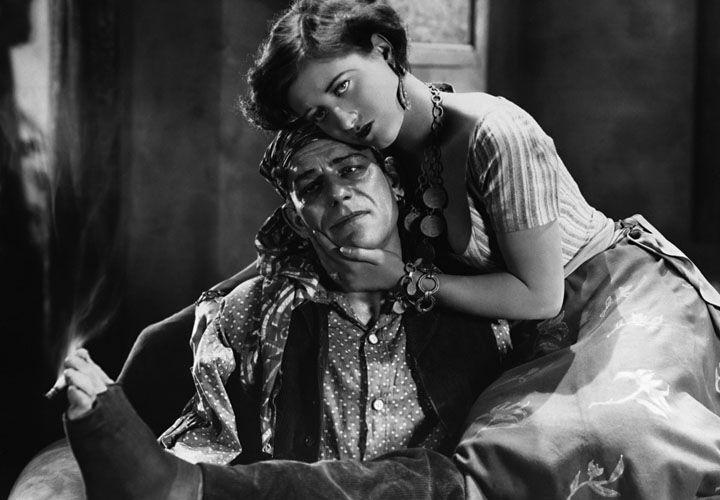
The Hunchback of Notre Dame (1923)/The Unknown (1927). Lon Chaney earned his nickname of “The Man of a Thousand Faces” for his many film innovations and characters. One of his most iconic was in Phantom of the Opera, a 1925 film on the Registry that includes one of the greatest unmaskings on film. There are two other Chaney films I would nominate to be on the Registry: The Hunchback of Notre Dame and The Unknown. He was unrecognizable as the sympathetic Quasimodo in Hunchback, a film that made Chaney a star and set the standard for the many adaptations that have followed for nearly a century. It also started Universal’s foray into horror/Gothic films in the 1920s that would lead to the first Universal Monsters in the 1930s. Watching The Unknown, I was left speechless by his gutsy portrayal of a criminal hiding out in a circus who later maims and disfigures himself to win over the love of young woman (Joan Crawford). It’s a performance that needs to be preserved.
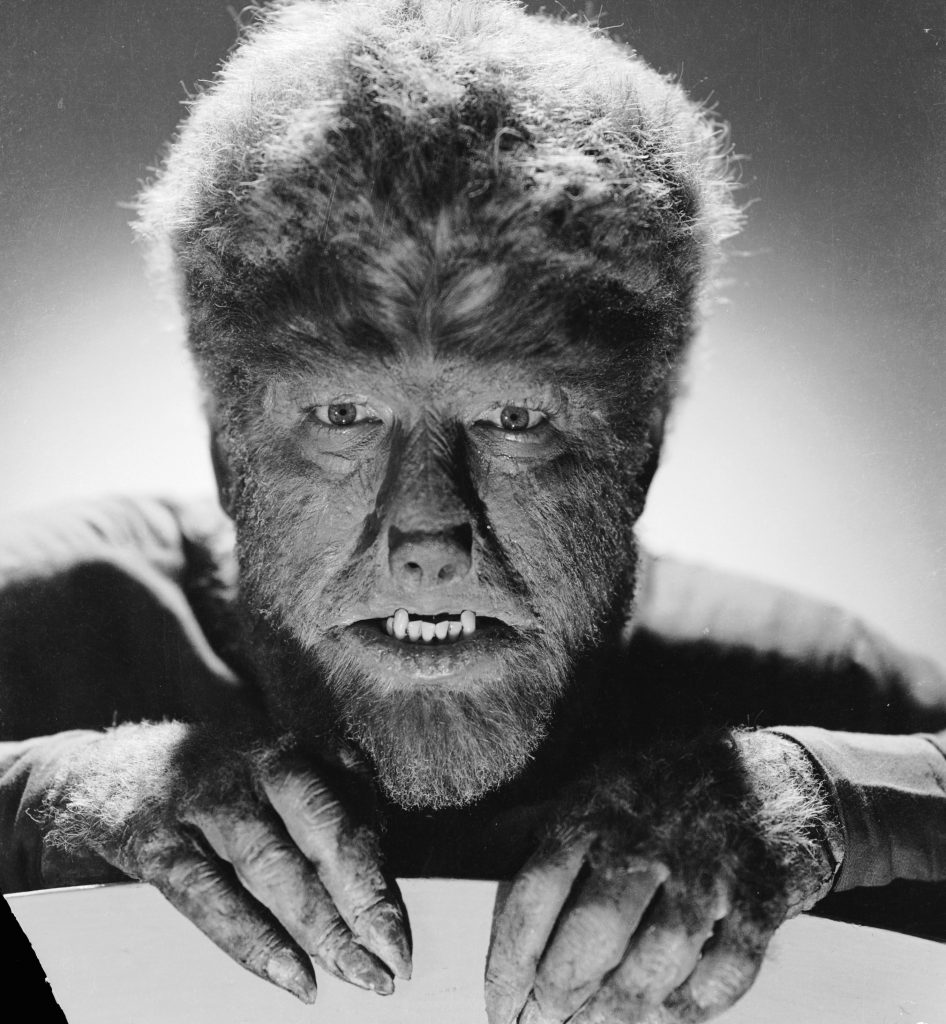
The Mummy (1932)/The Wolf Man (1941)/Creature from the Black Lagoon (1954). The Registry currently includes Universal’s Dracula (plus the Spanish language Dracula), Frankenstein and Bride of Frankenstein. Because of the importance of the Universal Studios horror films, the Registry needs to protect more of what are considered Universal’s original creatures. Yes, I’m cheating by having three of the films here, but these can be added over time.
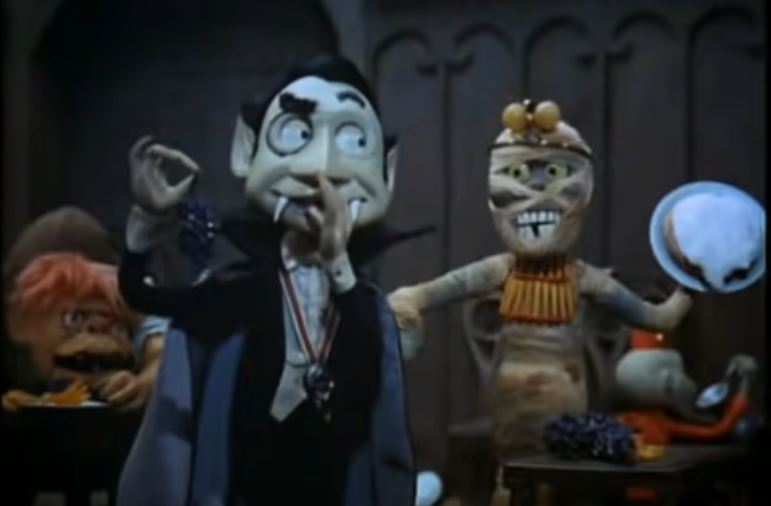
Mad Monster Party (1967). Acknowledging the idea that anything with the Universal Monsters is fair game for this list, this animated film is also a way to give kudos to Rankin-Bass, the company that created so many family friendly stop-motion animated holiday films. This fits into that category except it’s a musical comedy with our monster friends including Baron von Frankenstein voiced by Boris Karloff, plus Dracula, the Mummy, Invisible Man and more.
William Castle. OK, that’s not a film but a man – a brilliant showman who could sell a movie like no other. And though he is represented in the Registry as a producer of Rosemary’s Baby, his true genius was in creating some of the greatest gimmickry in hugely entertaining horror films that are deserving of immortality in the Registry. For Macabre (1958) he bought life insurance policies for the audience and had a nurse on hand for anyone who fainted in fear. He created “Emergo” for the awesome House on Haunted Hill (1959), which was a skeleton emerging in the theater to fly over the audience at the same time it was doing so in the film. His “Percepto” was used in The Tingler (1959), where Castle had seats in movie theaters equipped with electrical buzzers that would go off in time with key movie sequences. There were more, too, but my votes go for House on Haunted Hill and The Tingler.
Those are just a few of the films I plan to nominate for the National Film Registry (don’t forget, we can name 50 titles).
Horror films in the Registry
Here are the films I consider horror that are in the Registry with the year they were made followed by the year they were selected. See the full list of films in the Registry to make your own conclusions.
Abbott and Costello Meet Frankenstein (made in 1948, inducted
in 2001)
Alien (1979/2002)
The Birds (1963/2016)
Bride of
Frankenstein (1935/1998)
Cat People
(1942/1993)
The Day the Earth Stood Still (1951/1995)
Dracula (1931/2000)
Dracula (Spanish language) (1931/2015)
Eraserhead (1977/2004)
Exorcist (1973/2010)
Fall of the House of Usher 1928/2000
Frankenstein
(1931/1991)
Freaks (1932/1994)
Halloween (1978/2006)
House of Usher (1960/2005)
House of Wax (1953/2014)
The Incredible Shrinking Man (1957/2009)
Invasion of the Body Snatchers (1956/1994)
Invisible Man (1933/2008)
Jaws (1975/2001)
Lost World (1925/1998)
King Kong (1933/1991)
Night of the Living Dead (1968/1999)
A Nightmare on Elm Street (1984/2021)
Phantom of the Opera 1925/1998
Psycho (1960/1992)
Rosemary’s
Baby (1968/2014)
The Shining (1980/2018)
Silence of the Lambs (1991/2011)
The Tell-Tale Heart (1953/2001)
The Terminator (1984-2008)
Thing from Another World (1951/2001)
War of the Worlds (1953/2011)
Whatever Happened to Baby Jane (1962/2021)
Young Frankenstein (1974/2003)
Rocky Horror Picture Show (1975/2005)
– Toni
Ruberto for Classic Movie Hub
You
can read all of Toni’s Monsters and Matinees articles here.
Toni Ruberto, born and raised in Buffalo, N.Y., is an editor and writer at
The Buffalo News. She shares her love for classic movies in her blog, Watching Forever and is a
member of the Classic
Movie Blog Association. Toni was the president of the former Buffalo chapter
of TCM Backlot and now leads the offshoot group, Buffalo Classic Movie Buffs.
She is proud to have put Buffalo and its glorious old movie palaces in the
spotlight as the inaugural winner of the TCM in Your Hometown contest. You can
find Toni on Twitter at @toniruberto.








